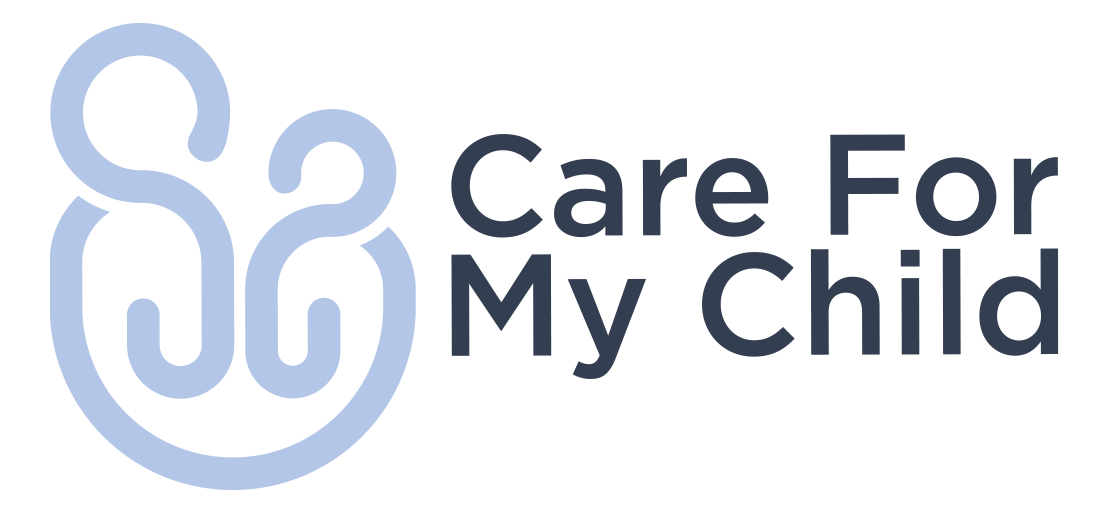Ear-ssentials: Accessory Auricles “Cheek Tags” Removal
Introduction:
As parents, we want our children to feel confident and comfortable in their own skin. Occasionally, certain conditions may arise that affect their appearance, such as the presence of an accessory auricle or “cheek tag” as they can be called. In this blog, we will explore the topic of accessory auricles, the removal “excision”, including what it entails, why it may be recommended, when its appropriate to remove it and how it may benefit your child's overall well-being.
Understanding Accessory Auricles:
Accessory auricles, also known as ear/cheek “tags”, are small protrusions of skin/cartilage located near the external ear but can be found anywhere on the cheek towards the mouth. They are typically harmless and do not affect hearing or overall health. However, some parents opt for accessory auricle excision for various reasons, including aesthetics, potential future complications, or to alleviate any social discomfort their child/they may experience. They range from small “nubbins” to full “mirror ear” and everything in-between.
Typical Accessory Auricle
More complicated accessory Auricle
Why do they happen?
The external ear forms at 4 week gestation and accessory auricles are a developmental anomaly at this stage but the cause of which is unknown. It hasn’t been related to anything you will have done during the pregnancy. They can be found in roughly 1.5% of the population. While they usually appear on their own, sometimes they can be part of a bigger picture, like being linked to certain syndromes, such as Goldenhar or Treacher-Collins syndrome.
The decision to proceed with accessory auricle removal is a personal one and may be influenced by several factors:
1. Aesthetic Concerns: Some parents choose removal to help their child achieve a more typical ear appearance. While uniqueness should be celebrated, parents may opt for removal to minimise potential social challenges or discomfort associated with having an accessory auricle.
2. Potential Future Complications: In some cases, accessory auricles may be associated with pits that can become blocked/infected. Excision of the accessory auricle and pit can eliminate any concerns related to potential complications and provide peace of mind for both you and your child.
3. Psychological and Social Impact: Children may experience self-consciousness or bullying due to visible differences in their appearance. Removal can help address these concerns before they arise and can promote your child's self-confidence and emotional well-being.
The Removal Procedure:
Accessory auricle removal “excision” is typically performed by a skilled Paediatric Plastic Surgeon or ENT specialist but some people advocate tying or clipping them. Although tying is simple/quick and may remove the main part of the auricle, it is painful and difficult to manage afterwards while it necroses/falls off and can get infected. As well, in nearly half of these cases there’s still a residual “bit” and so that’s why I nearly always recommend surgical removal of these.
Here's a general overview of the procedure:
Pre-operative Evaluation: Your child will undergo a thorough evaluation and discussions with the surgeon to determine the best approach for your specific case
Anaesthesia: How/where this is done depends on your child's age and the size/complexity of the auricle. Your team may say that if you have a very young baby with a small auricle that it can be removed in clinic under local anaesthetic. However, it involves keeping your child still so things can be removed neatly.
If your child isn’t suitable (i.e too wriggly or more complex auricle) for clinic removal under local anaesthetic then your surgeon will recommend a General Anaesthetic, when your child is older so their anaesthetic risk is lowered. Please see the resource section on “My Child’s General Anaesthetic” which will hopefully explain this further.
Surgical Excision: After you have understood everything and given your expressed consent, the area is meticulous cleaning and then the surgeon will carefully remove the accessory auricle, whilst considering the surrounding ear anatomy/cartilage. The incision will be beautifully closed using small sutures (stitches) usually dissolvable, and dressings (Glue/Plasters) may be applied to aid in healing and keep things clean.
Post-operative Care: Following the surgery, your child will be closely monitored for any signs of issues and you can comfort as soon as the surgery is finished. Pain isn’t usually a problem but some parents give their child Capol on the night after surgery to ensure a good nights sleep. You should keep the wound clean and dry until your follow-up appointment with the team (usually a specialist nurse) who will provide you with the support you and your child needs to ensure optimal healing and confidence you are doing the right thing.
Consultation and Follow-up:
Before making a decision, it's crucial to consult with a qualified healthcare professional, such as a Paediatric Plastic Surgeon or Otolaryngologist, who can provide expert advice based on your child's specific needs. They will guide you through the decision-making process, explain the procedure in detail, the potential timings and address any concerns you may have.
Additionally, be sure to attend all scheduled follow-up appointments to monitor your child's progress, discuss any potential complications, and receive guidance on postoperative care.
Complex Mirror Ear Excision and Resultant Early Scar
Conclusion:
Accessory auricle excision is a surgical procedure that aims to address aesthetic concerns and potential future complications associated with accessory auricles. As parents, the decision to pursue this procedure for your child should be based on careful consideration and consultation with specialist medical professionals who can guide you of what and when its best for your child.







